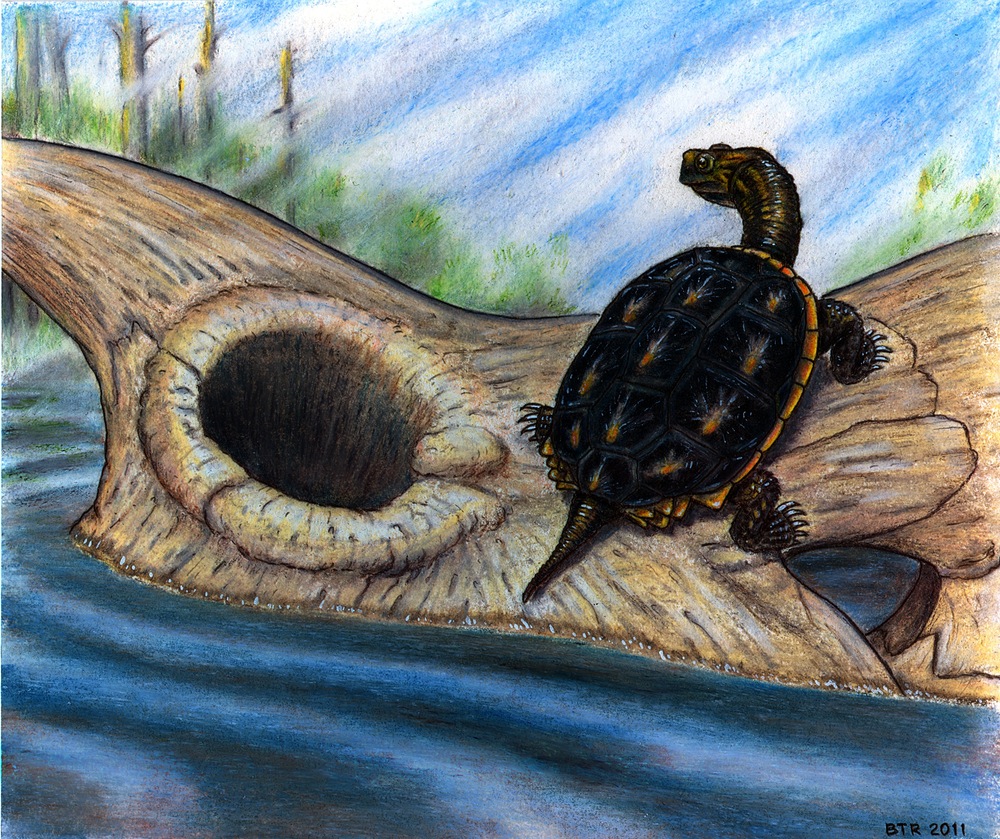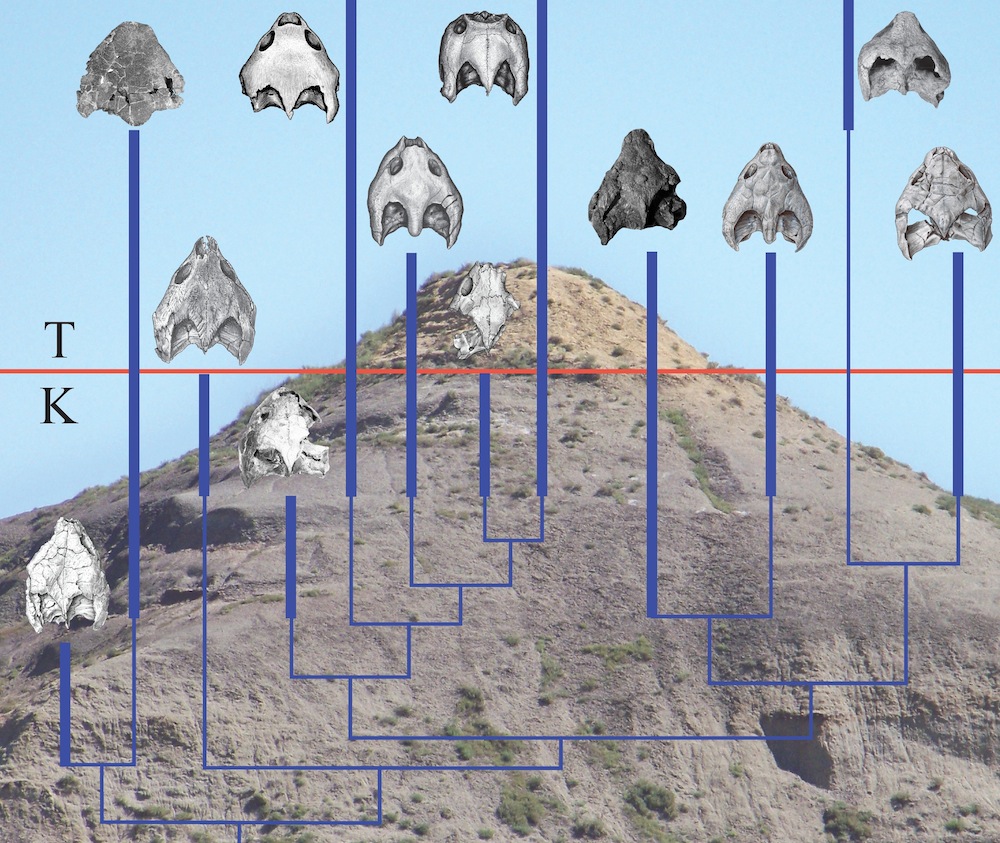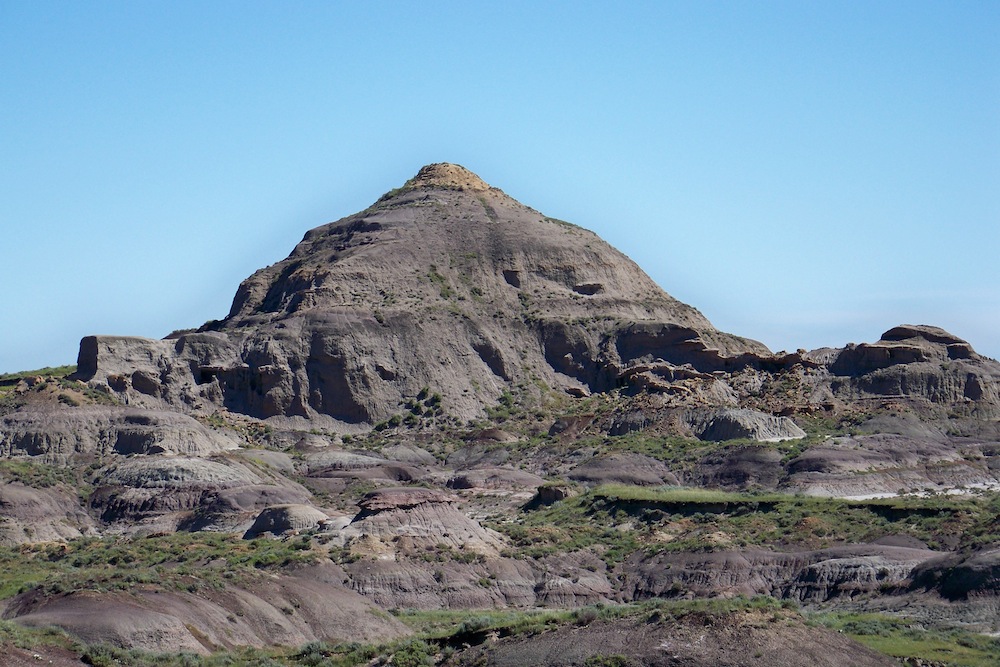How Tough Turtles Survived Dino-Killing Meteor

What does it take to survive a catastrophic meteor impact? The tough turtles of the Cretaceous know a bit about that; they seem to have survived the mass extinction that wiped out the dinosaurs because of their slow metabolisms and aquatic lifestyles, researchers now say.
"Turtles are very tough animals, if times get tough they can go into a state of animation," said study researcher Tyler Lyson, of Yale University. "Animals that were living in the water were kind of protected against whatever killed the land plants and the dinosaurs." [Greatest Mysteries: What Causes Mass Extinctions?]
Essentially, since their bodily processes were so slow, needing very little energy, they could survive on sparse resources during and after the wipeout of dinosaurs.
The conclusion is based on a newly discovered turtle fossil from North Dakota, which dates back to between 60 million and 65 million years ago. The specimen belongs to a turtle species thought to have survived global extinction, Lyson said, because fossils of the same species have been found in rocks deposited up to 75 million years ago.
Tough turtles

The global extinction event that killed the dinosaurs, called the K-T boundary due to its special signature in rock layers, was most likely set off by a meteorite strike, though the true sequence of events is hotly debated. Some researchers believe a set of world-shattering volcanic eruptions darkened the sky, which may or may not have been caused by the meteor.
The turtles, along with other burrowing and water-living animals, survived the dinosaur-killing whole-Earth extinction event, which extinguished 90 percent of the animal and plant species living on land, including land-living turtles.
Sign up for the Live Science daily newsletter now
Get the world’s most fascinating discoveries delivered straight to your inbox.
"If you only looked at turtles across this boundary you wouldn't think there was an extinction," Lyson told LiveScience. "Small animals that have a slow metabolism and live in the water do very well across the K-T boundary."
These turtles lived in lakes and streams in North America, where they ate soft plants and crustaceans. They would have resembled the painted or cooter turtles of today, Lyson said, though they aren't closely related to any living turtle species. They were part of a very large group of species called the baenid turtles, at least eight of which survived the extinction event only to vanish later by some other means.

Extinction after-party
After the land-based wipeout, the remaining small mammals populating the Earth spread in what's called "adaptive radiation," where a limited number of species fans out and diversifies in empty habitats. The living mammals underwent rapid evolution and spread into the niches vacated by other animals, including the dinosaurs.
Even though turtles had the metabolic upper hand to survive the extinction event, the mammals beat out these tough turtles in the race to repopulate land.
"In the water, before and after the boundary, it was business as usual. A lot of these smaller species are around right after the impact. Not a whole lot changed," Lyson said. "Mammals just have more of a rapid turnover, so they are able to more quickly adapt to their environment and their changing surroundings."
But this story of survival has a sad ending. After enduring more than 85 million years on Earth, the baenid turtles ultimately died out around 40 million years ago, probably when North America hit a dry spell during the late Eocene Epoch.
You can follow LiveScience staff writer Jennifer Welsh on Twitter @microbelover. Follow LiveScience for the latest in science news and discoveries on Twitter @livescience and on Facebook.
Jennifer Welsh is a Connecticut-based science writer and editor and a regular contributor to Live Science. She also has several years of bench work in cancer research and anti-viral drug discovery under her belt. She has previously written for Science News, VerywellHealth, The Scientist, Discover Magazine, WIRED Science, and Business Insider.










